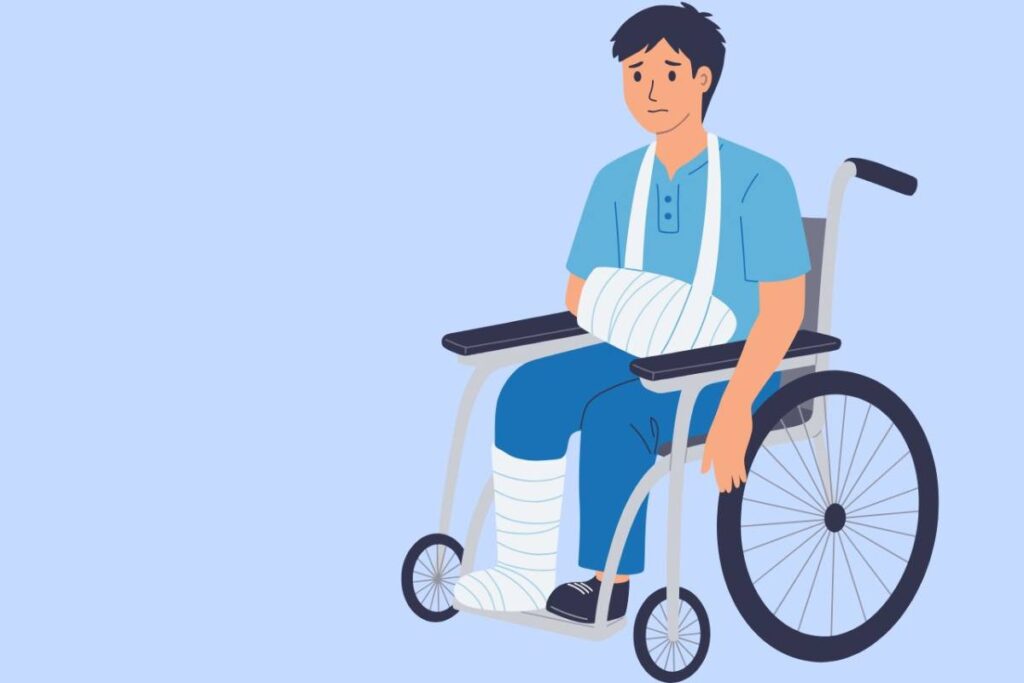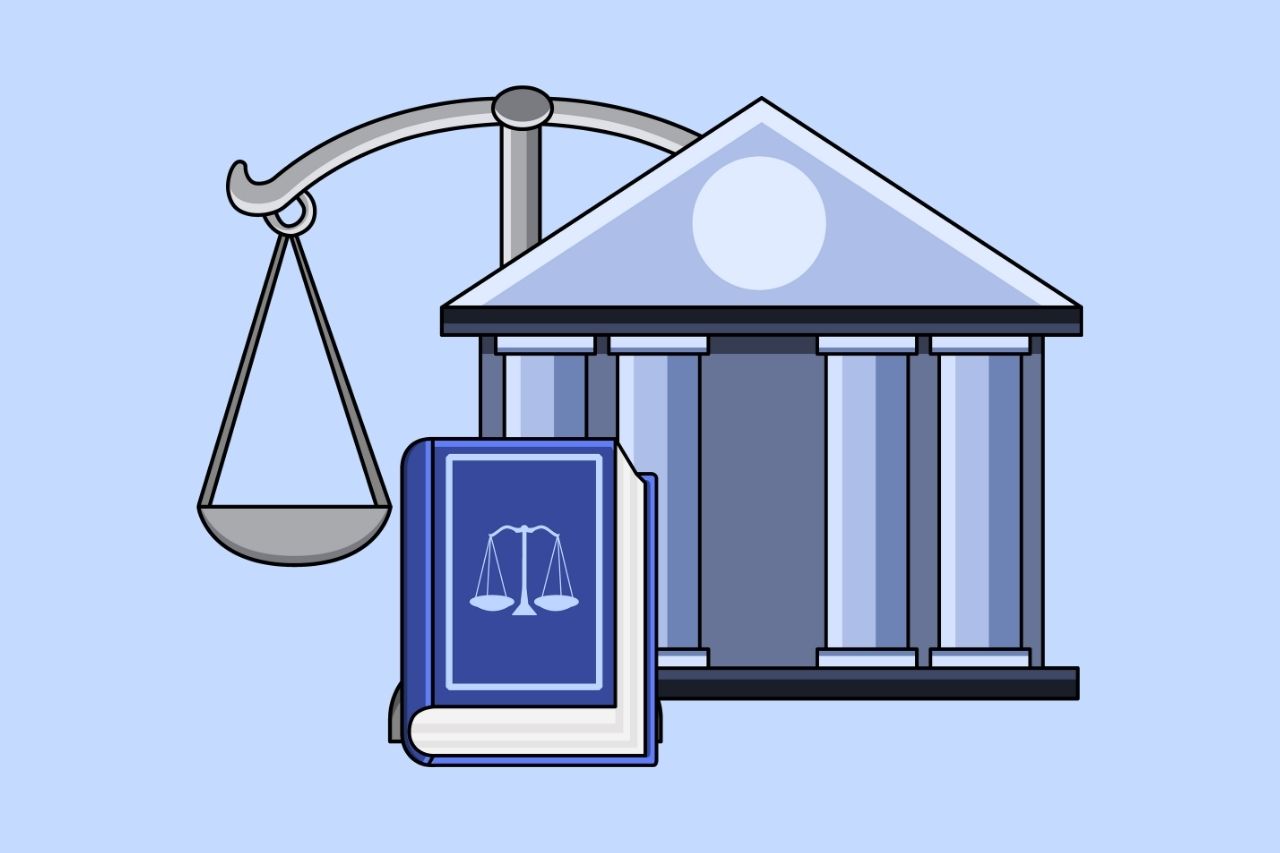Situational Disabilities and How Digital Accessibility Impacts Everyone
The United Nations Office for Disaster Risk Reduction (UNDRR) reported(1) that 16% of the global population lives with permanent disabilities, with 80% residing in the Global South.
These individuals face daily challenges accessing both public and private spaces and services.
But don’t you know that, in addition to this group, there are also those without permanent disabilities who face similar obstacles because of the specific circumstances they currently have?
The problem is people with situational disabilities are often overlooked in conversations and initiatives related to accessibility.

What Is a Situational Disability?
A situational disability is a temporary restriction or difficulty that limits a person’s ability to perform tasks or interact with objects or environments. Situational disability can be defined as the experience of disability that results from a specific situation. This type of disability isn’t tied to having a long-term cognitive, mental, or physical disability.
What Are the Types of Situational Disabilities?
Sensory Situational Disabilities
Sensory situational disabilities hinder one’s ability to process information through sound, sight, smell, or taste.
For instance, reading an email on a mobile phone in bright sunlight becomes difficult due to glare and low contrast, which leads to missed details and frustration.
Motor Situational Disabilities
Motor situational disabilities limit one’s ability to perform tasks that require movement or gestures. Examples include using one hand, having a broken limb, wearing gloves, or experiencing fatigue.
Cognitive Situational Disabilities
Another type of temporary disability is cognitive situational disability. This arises from stress, unfamiliarity, distraction, or multitasking and impacts a person’s ability to process or understand information. For example, someone overwhelmed with deadlines might forget important details during a presentation.
Environmental Situational Disabilities
Environmental situational disabilities create barriers to accessing and interacting with information, interfaces, or objects due to location, weather, privacy, or social norms.
During a one-on-one coaching session, an employee might hesitate to share personal problems affecting work performance and seek proper advice if the company lacks clear privacy policies.
Digital Accessibility Challenges for People With Situational Disabilities
Poorly designed websites, applications, and platforms create challenges for people with situational disabilities. These are the common digital barriers people with temporary impairments face:
Inadequate Text Size
Text size is important for accessibility, especially for individuals with vision-related situational disabilities. If the text is too small, it becomes unreadable.
Body text—typically the main content in paragraphs—should be around 16 pixels or 12 points to guarantee users can navigate and understand your content.
Lack of Color Contrast
Your color choices greatly influence user experience. When the foreground and background colors for text and non-text elements on your website or app have low color contrast, some users may find it difficult to distinguish such content, particularly in bright sunlight or dark environments.
To ensure better accessibility, follow the Web Content Accessibility Guidelines (WCAG) 2.2 “Contrast (Minimum)” guideline. Text and images of text must have a contrast ratio of at least 4.5:1, or 3:1 for larger text.
Missing Alt Texts
Without alternative text (alt text), screen reader users may miss important information communicated by images. People who turn off images on a page, whether because they feel overwhelmed by too many images or have a slow internet connection, can also not fully understand the context of an image if alt text is missing.
Alternative text is a brief, informative description embedded in the HTML code of a webpage, specifically within the alt (alt=) attribute of the <img> tag that describes an image.
Lack of Captions for Multimedia Content
Video accessibility issues occur when movies, podcasts, live streams, slideshow presentations, or music videos don’t have captions. Viewers may not clearly hear and understand the dialogue or important nonverbal cues (e.g., background music and emotional expressions) in uncaptioned videos.
This includes people who watch videos in public without earphones, in quiet places where sound cannot be played, or those who do not speak the language used in the videos.
Inaccessible Keyboard Navigation
Some users may have a temporary injury or be recovering from surgery, so their lack of motor control affects how they access and navigate a website.
Since these individuals can’t effectively use a mouse or touchpad, they need to rely only on the keyboard to interact with all website functionalities and controls, such as links, buttons, and forms.
Still, they may face issues, such as keyboard traps. These are instances where a website doesn’t allow users to move focus away from and navigate out of input boxes, drop-down menus, hyperlinks, or input boxes unless they use a mouse.

Daily Accessibility Struggles for People With Situational Disabilities
Situational disability may make it difficult to access public services, interact with others, and navigate surroundings.
- Inaccessible physical environments: The design of physical infrastructures can impact the quality of life or participation of a person with a situational disability. For instance, when the distance between the sales and marketing departments’ offices is very far, employees won’t be able to communicate as often as needed.
- Inaccessible public transportation: Barriers to public transport access and use not only limit people’s mobility but also hinder their access to healthcare, education, and economic opportunities. A common challenge is the lack of ramps on buses, which makes it difficult for wheelchair users to board.
- Communication barriers: A person with a temporary impairment can experience communication constraints, which can lead to misunderstandings and frustration. Jargon and technical terms can become barriers when engaging with individuals who lack prior knowledge of a specific industry or field.
- Unclear signage: Static signages, like notice boards and directional signs, are meant to help people navigate spaces easily. Still, for an individual with situational disability, these signages can be difficult to read or understand if they have poor color contrast, use complex language, or are placed too high or too far away.
Strategies To Improve Digital Accessibility for People With Situational Disabilities
Business leaders can take proactive measures to make the digital world more accessible to people with situational disabilities. Consider the following smart strategies:
Conduct User Research and Testing
Recruit individuals experiencing temporary impairments or circumstances to participate in accessibility and usability testing. This lets you identify their needs, inclinations, and pain points when interacting with your websites or digital products and services.
Collect User Feedback
Gather opinions, complaints, or suggestions directly from the people visiting your website or using your digital products. They can reveal real-world insights into navigation challenges, content readability, or compatibility issues with assistive technology. Use this information to improve your accessibility efforts and user experience.
Design for All Users
If you apply inclusive design principles, you can meet the unique needs of each person with a situational disability by interacting with your innovative tools.
When designing websites, products, or services, prioritize simplicity, equity, and flexibility. Ensure clarity and consistency while considering users’ exerted efforts and potential mistakes.
Conduct Accessibility Audit
Use manual and automated techniques to conduct a comprehensive audit for web accessibility. Identify the accessibility barriers that mostly impact individuals with situational disabilities, understand the reasons behind these issues, and develop the best possible solutions to address them.
References
1. The United Nations Office for Disaster Risk Reduction
Contact Us
Please complete all fields.
Recent Posts

How to Write Content That Follows Web Content Accessibility Guidelines
Accessible content is a must for everyone, regardless of ability, to easily browse, comprehend, and interact with the information. It first became a facilitator of users, a trust-sponsor, engagement-booster, and quality-enhancing and reach-extending factor for all digital experiences. Why Accessible Content Matters This approach benefits people with disabilities, older adults, […]

Web Accessibility Laws and Legislation
More often than not, a website is the first impression for potential customers. Because of this, it’s no surprise that today, web design is a $38.3 billion industry.

The Importance of Digital Accessibility for Financial and Banking Websites
Inclusive design helps make everyday services easier to use for people with disabilities. This is particularly important for financial websites, where users need to access sensitive information and complete transactions securely and independently. By prioritizing accessibility, these websites can remove barriers related to vision, hearing, mobility, or cognitive differences, creating […]